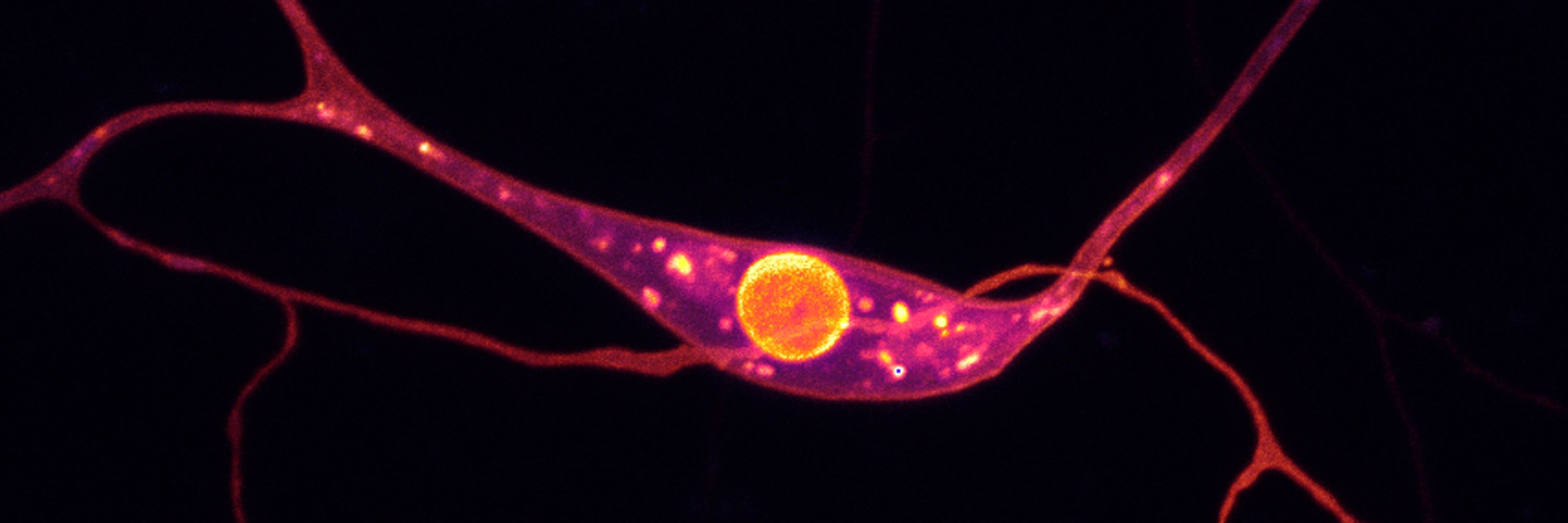




www.nature.com/articles/s41...

www.nature.com/articles/s41...
Muhammad Ahmad, Norbert Perrimon, Raghuvir Viswanatha, Ah-Ram Kim
bioRxiv 2025.08.06.668953; doi: doi.org/10.1101/2025...
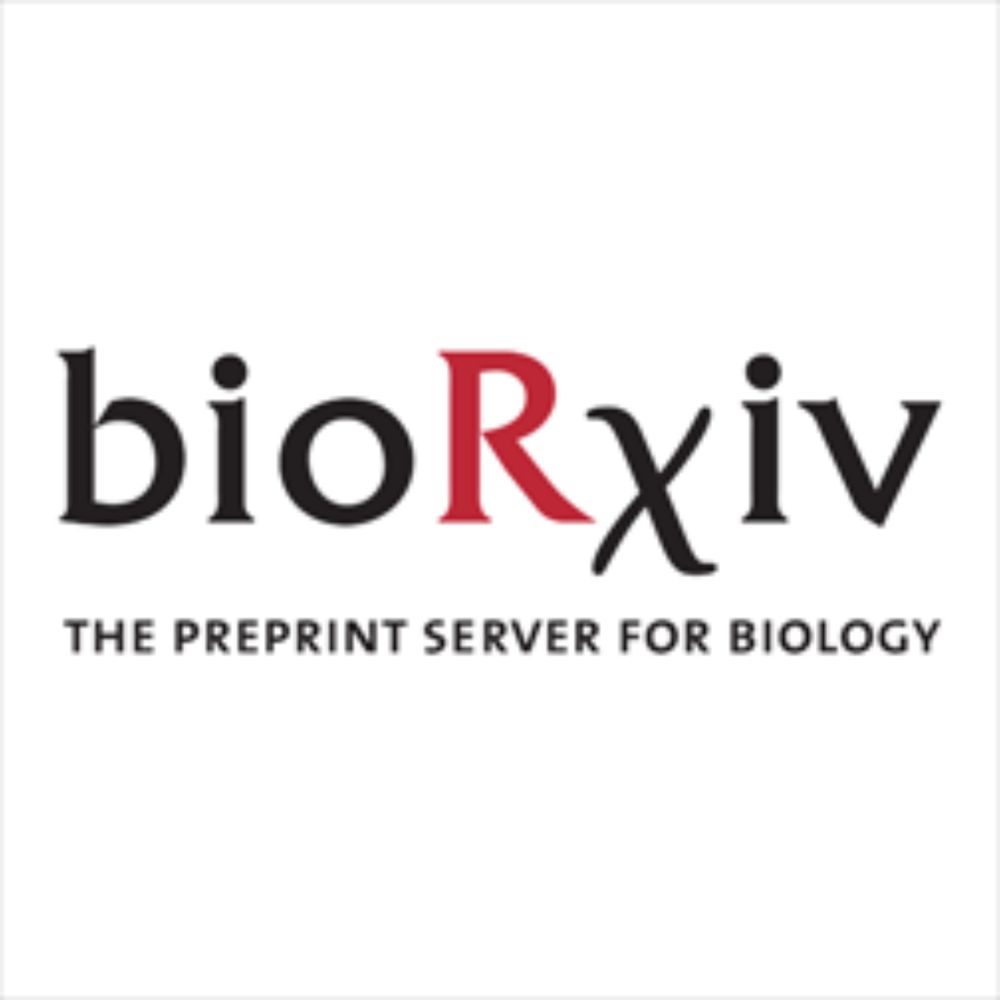
Muhammad Ahmad, Norbert Perrimon, Raghuvir Viswanatha, Ah-Ram Kim
bioRxiv 2025.08.06.668953; doi: doi.org/10.1101/2025...
Bosch et al.
doi: doi.org/10.1101/2025...

Bosch et al.
doi: doi.org/10.1101/2025...
buff.ly/zHQK9dC

buff.ly/zHQK9dC
It's not the Dmel on our poster, guess what species is it?
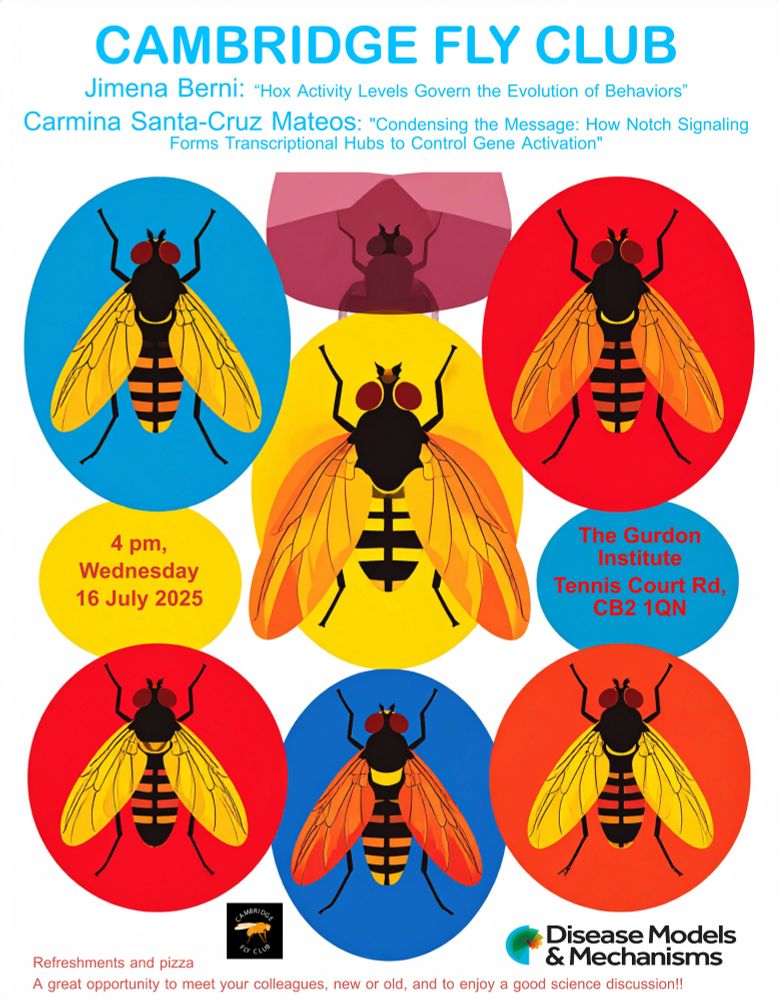
It's not the Dmel on our poster, guess what species is it?

This year we're looking forward to hearing from our plenary speaker @cathyabbott.bsky.social. As ever, all other talks chosen from submitted abstracts so get submitting - we can't wait to see you there!
neurobiouk.sites.sheffield.ac.uk/registration
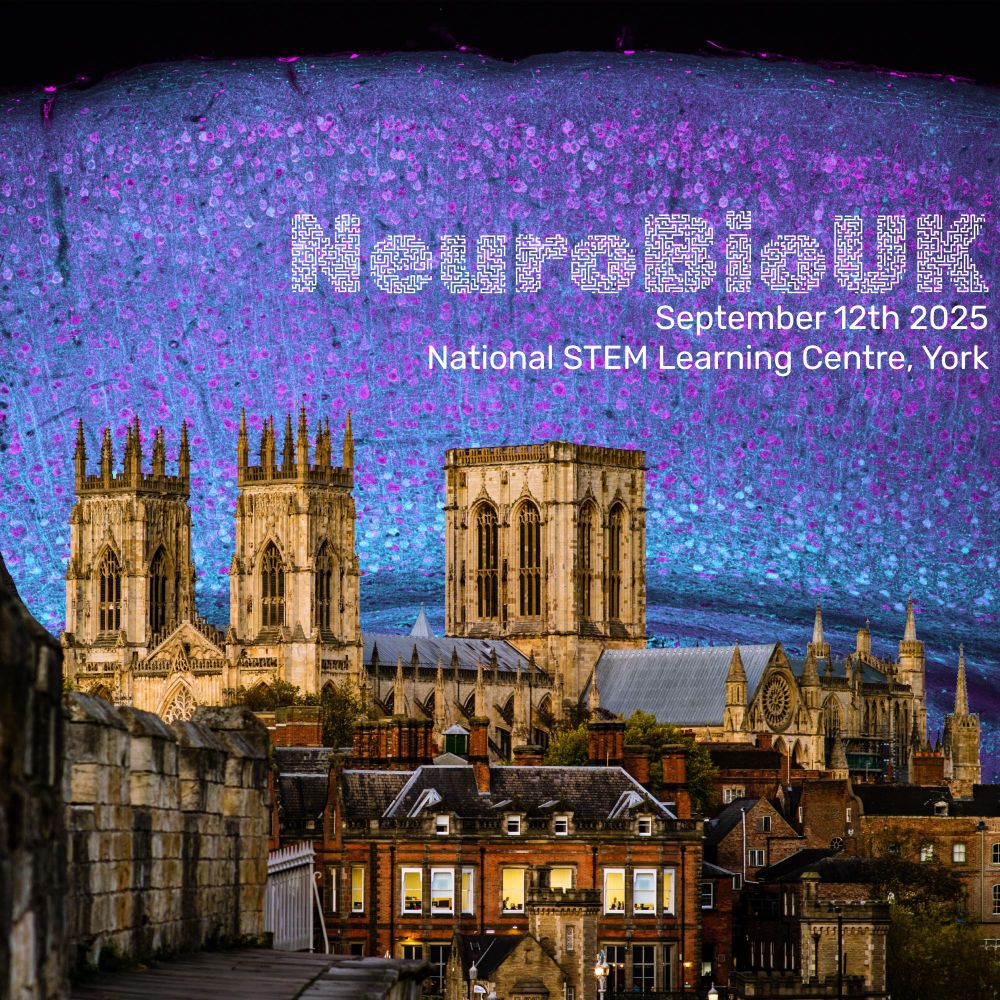
This year we're looking forward to hearing from our plenary speaker @cathyabbott.bsky.social. As ever, all other talks chosen from submitted abstracts so get submitting - we can't wait to see you there!
neurobiouk.sites.sheffield.ac.uk/registration
Any lab using @flybase.bsky.social please donate using the link in post below.
This incredible community, on whose backs our #Drosophila labs depend, can't be left out to dry.
www.philanthropy.cam.ac.uk/give-to-camb...

To register your interest: www.biologists.com/meetings/jcs...
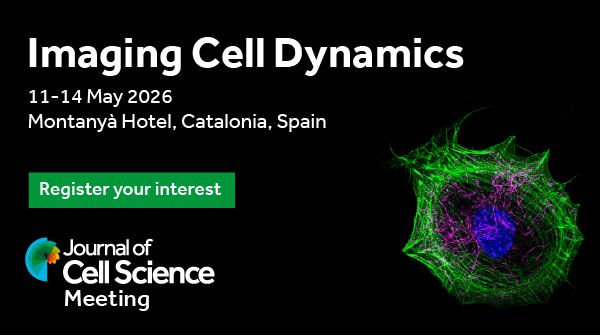
To register your interest: www.biologists.com/meetings/jcs...
This year we are collaborating with Institut Pasteur!
Details 👇
📍 Where: MRC-LMB, Cambridge or Online (Zoom)
🗓️ When: 10th and 11th of July
🧪 Themes: Cell Biology, Structural Biology, Immunology, Nucleic Acids and Neuroscience.
🤝 In collaboration with students at Institut Pasteur

This year we are collaborating with Institut Pasteur!
Details 👇
www.nature.com/articles/s41...
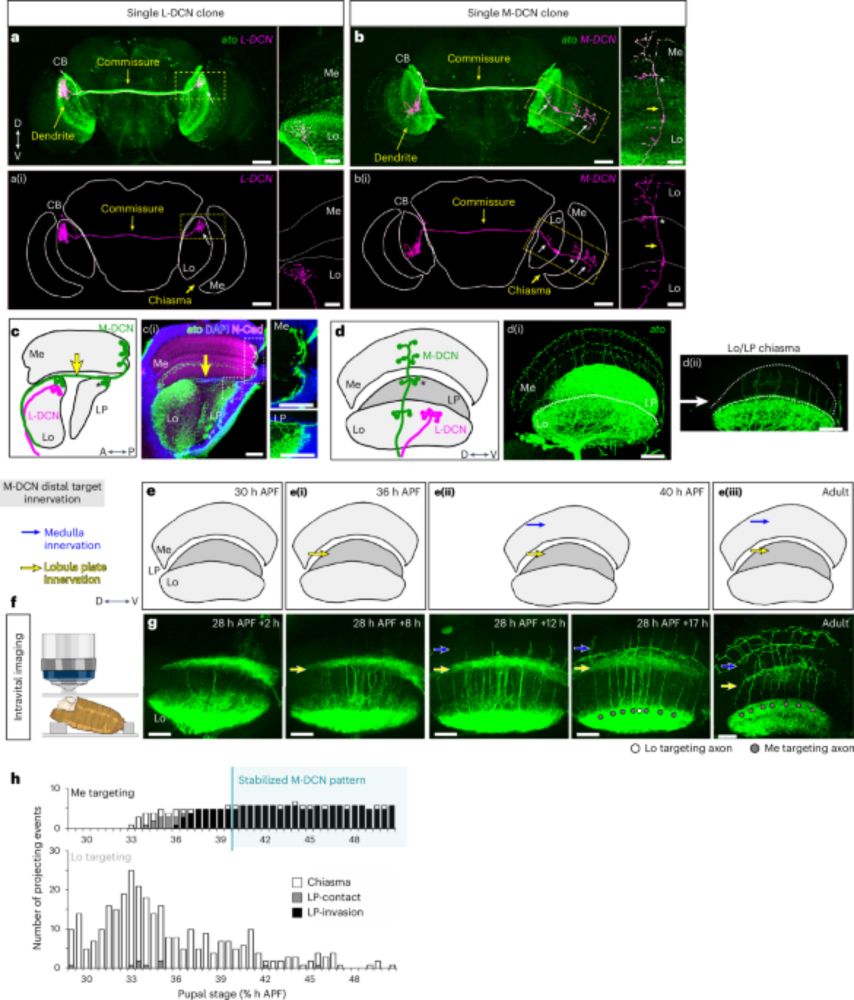
www.nature.com/articles/s41...

buff.ly/aM5oMxt
buff.ly/aM5oMxt

www.biorxiv.org/content/10.1...

www.biorxiv.org/content/10.1...
But did you know they can also jump 𝘣𝘦𝘵𝘸𝘦𝘦𝘯 cells? 🤯
Our new study reveals how retrotransposons invade the germline directly from somatic cells.
www.biorxiv.org/content/10.1...
A short thread 🧵👇
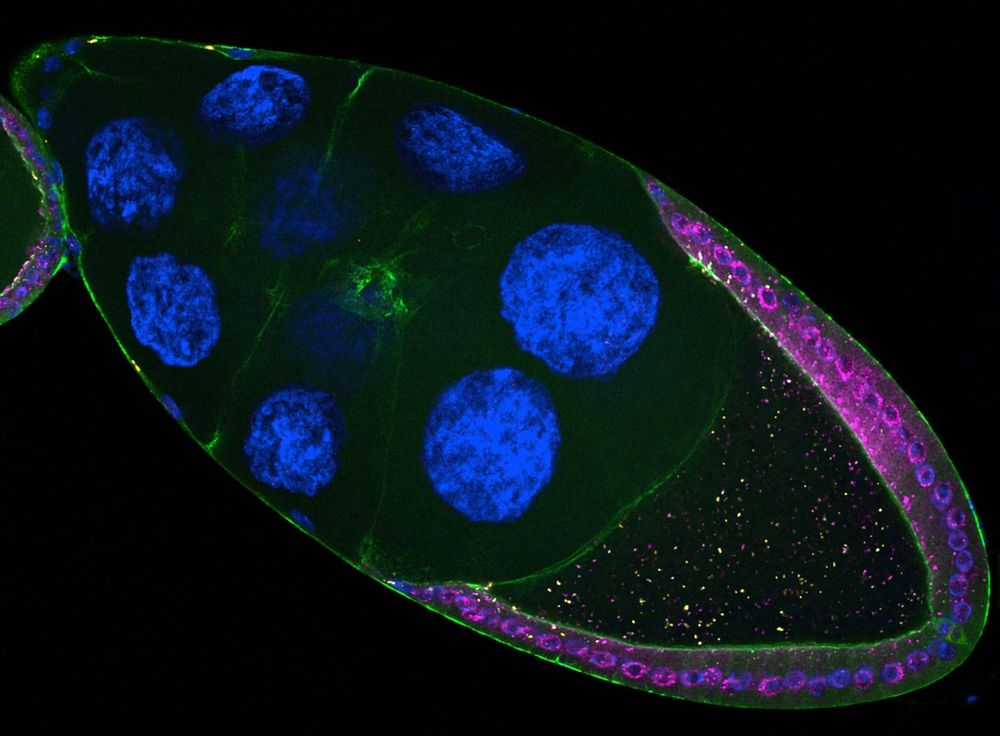
But did you know they can also jump 𝘣𝘦𝘵𝘸𝘦𝘦𝘯 cells? 🤯
Our new study reveals how retrotransposons invade the germline directly from somatic cells.
www.biorxiv.org/content/10.1...
A short thread 🧵👇
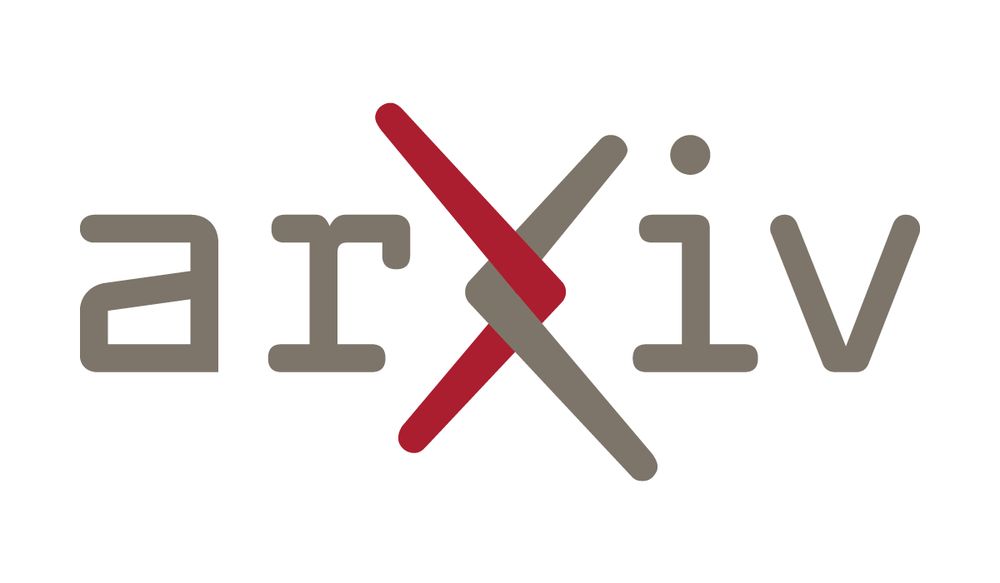
The glycocalyx, our cells' sugar coat, holds secrets in immunology, cancer, viral infections, and more. Visualizing its molecular architecture was impossible… until now. #glycotime #microscopy
www.biorxiv.org/content/10.1...

The glycocalyx, our cells' sugar coat, holds secrets in immunology, cancer, viral infections, and more. Visualizing its molecular architecture was impossible… until now. #glycotime #microscopy
www.biorxiv.org/content/10.1...

